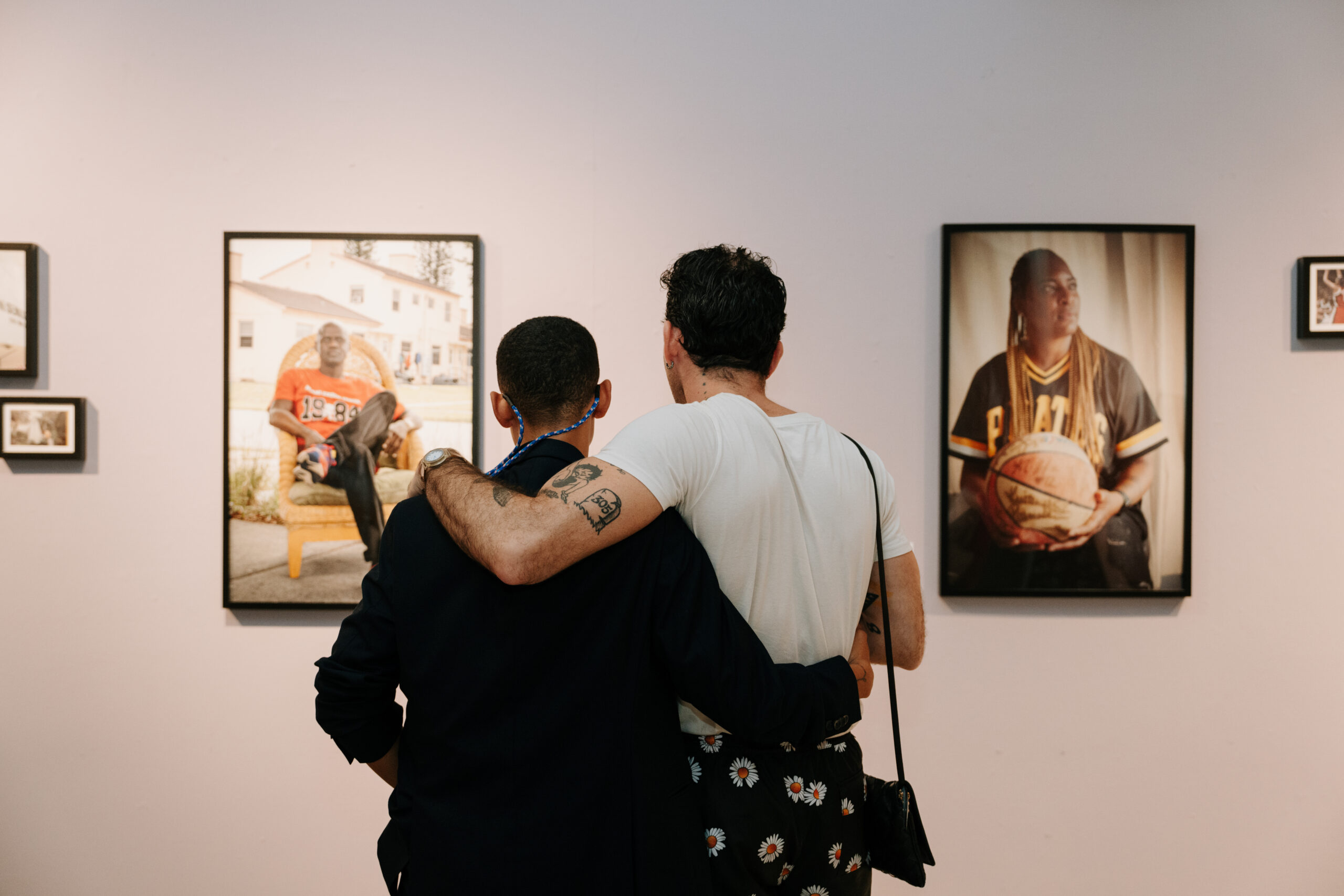
When Nadege Green, community historian and founder of Black Miami-Dade, sought out information on Miami’s queer Black community for a 2019 Pride project, she was struck by how little there was available. Immediately, she set out to correct the historical vacuum about Black queerness in Miami, while doing so in a way that told the nuanced, interiority of that experience–from the experts who lived it themselves.
Through a community-sourced approach, Green recorded oral histories from Black queer elders in the community 40 and older. Eventually, she was able to cross-reference details from different stories and paint a broader picture of what being Black and queer looked like in Miami during the city’s formative years. With support from Maven Leadership Collective and University of Miami’s Center for Global Black Studies, Green created “Give Them Their Flowers”, a first-of-its-kind exhibit to celebrate Miami’s Black LGBTQ+ history– a celebration of the impact the community has had and continues to have in the shaping of culture in Miami and beyond.
“[Give them their Flowers] is as much a historical record as it is a visual historical record,” said Green. “It is about what it means to actually see the people I’m talking to, and to celebrate them.”
The oral histories, in addition to archive materials and ephemera form part of Green’s personal collection were curated by Marie Vickles in conversation with works by artists Vanessa Charlot, Kendrick Daye, Woosley Delisfort, Hued Songs, and Loni Johnson. Together, Green’s collaborative exhibition rejects the exclusion of Black queer Miami history, and marks the beginning of an accurate historical record told by and for the people.
The proverbial flowers rained down on the Little Haiti Cultural Center on March 18 at the opening of Green’s “Give them their Flowers” exhibit. A wall and ceiling of warm-hued roses and tulips greeted guests as they entered the Center’s Art Gallery. Community members who shared their intimate narratives and experiences for the exhibit received the support and acknowledgment they have been robbed of for decades.
“I feel wonderful tonight because a lot of people don’t know about our lifestyle and what we went through to get here,” said Barbara Horne. “Back in the day, we had to stay in the closet. When I got older, I just came out of the closet and I just really didn’t give a damn about how people felt because I didn’t want to live a lie. We had to smash that lie.”
The community love poured in from family, friends, and even members of FIU’s Pride Student Union who came as a community field trip. Brittany Attienne, a junior at FIU, shared she did not know what to expect but was deeply moved by the exhibition.
“This is all a big surprise,” said Attienne, “When I first came in here, I was like, woah, this is LGBTQ stuff and it’s in the Little Haiti Cultural Center, and I’m Haitian and I’m also bisexual and those are two things that don’t always go together.
Green’s exhibition cannot be discussed without considering the weight of LGBTQ+ and Black censorship at play across Florida and the larger United States. While public schools are banning books and curriculum about queer Black histories, Green has created a safe haven for that history to thrive and continue to be told. This is only the beginning for “Give them their Flowers”, Green promises. There are talks of the show traveling, collecting more narratives, and being the conduit for more joyous celebration–maybe even a dance party.
“This work existed before the censorship,” said Green. “It’s existing during that and it will exist after that. One thing that storytellers have always done and always do, historians, artists, is resist. We will tell our story.”



























